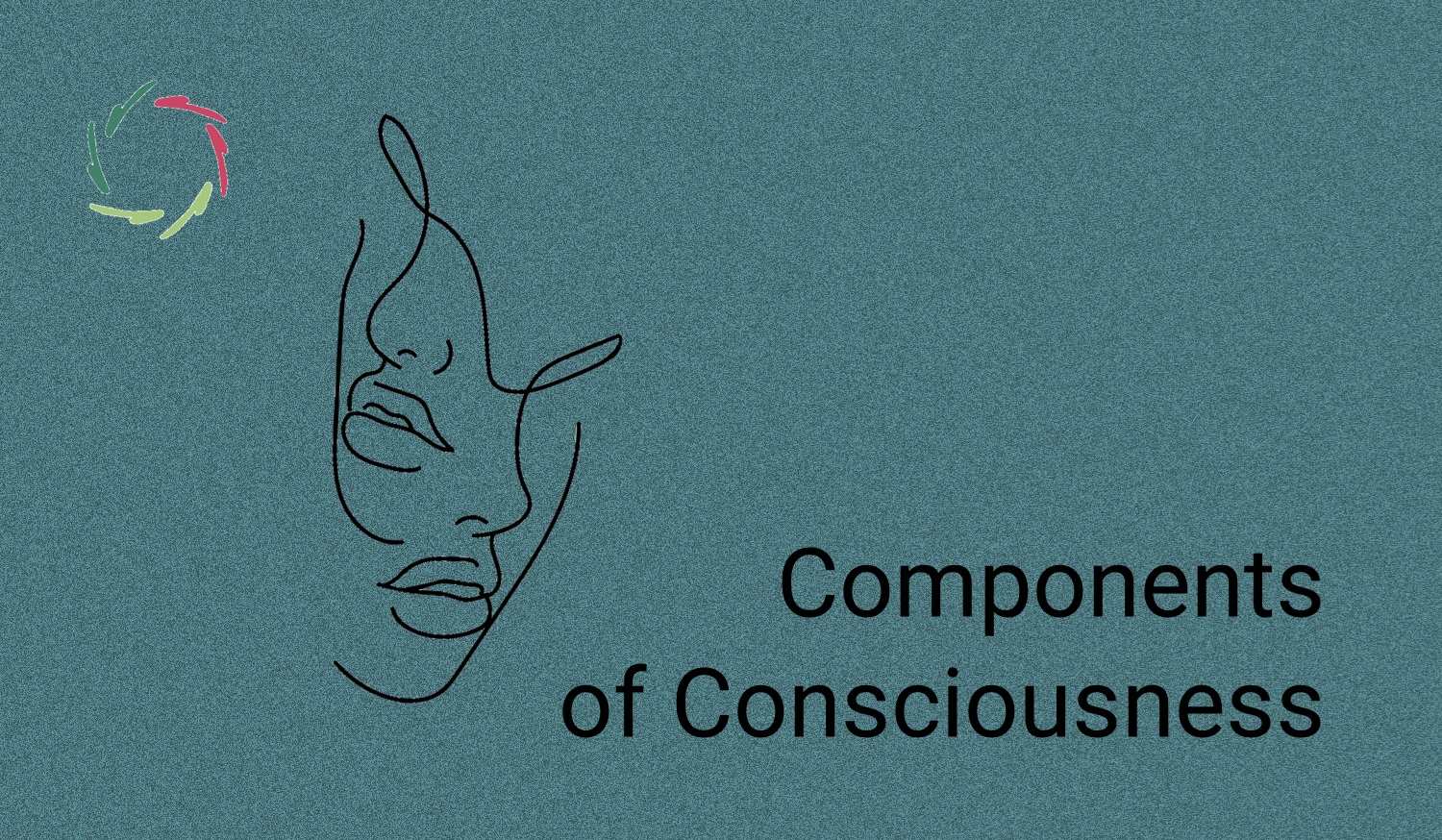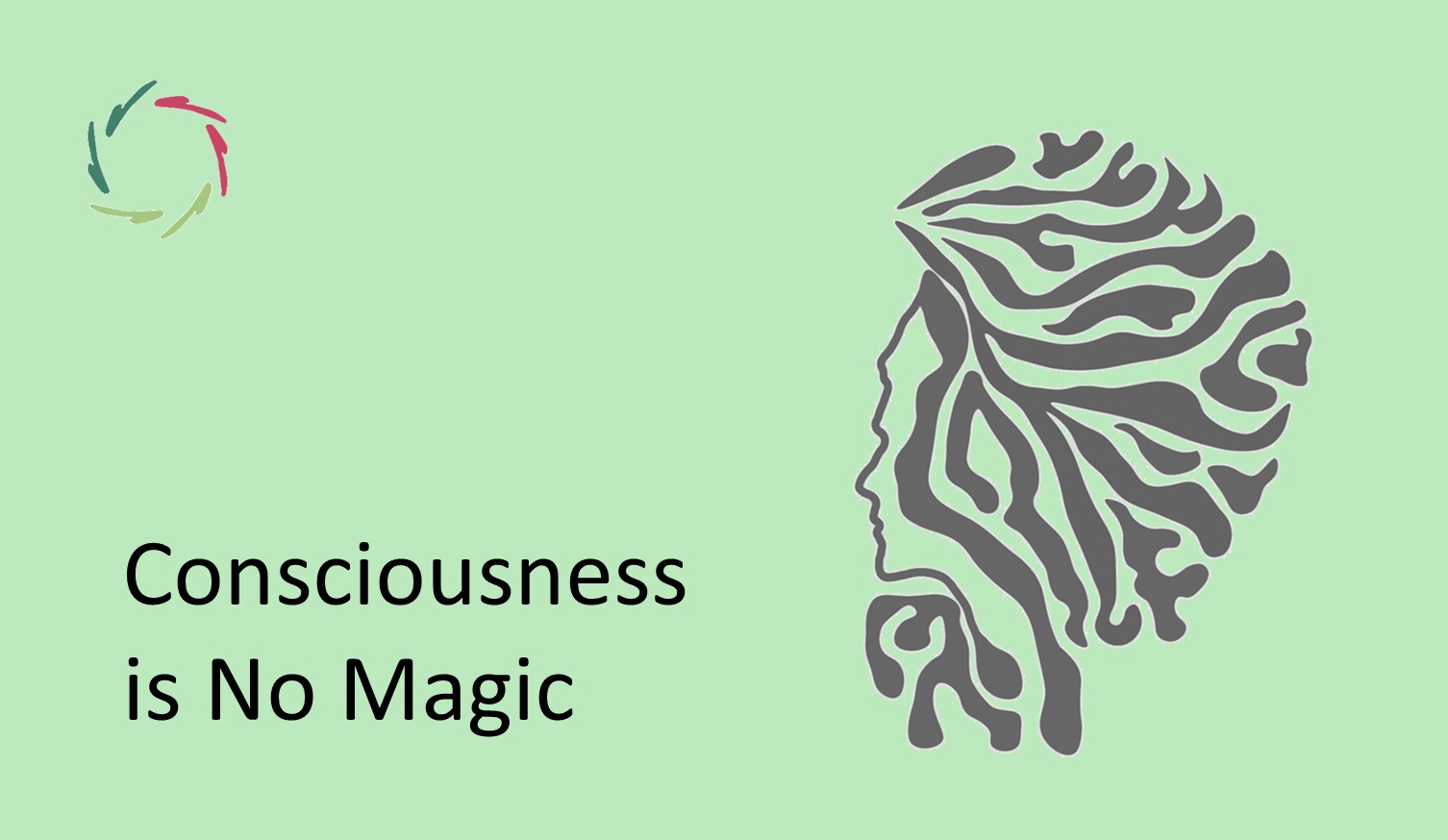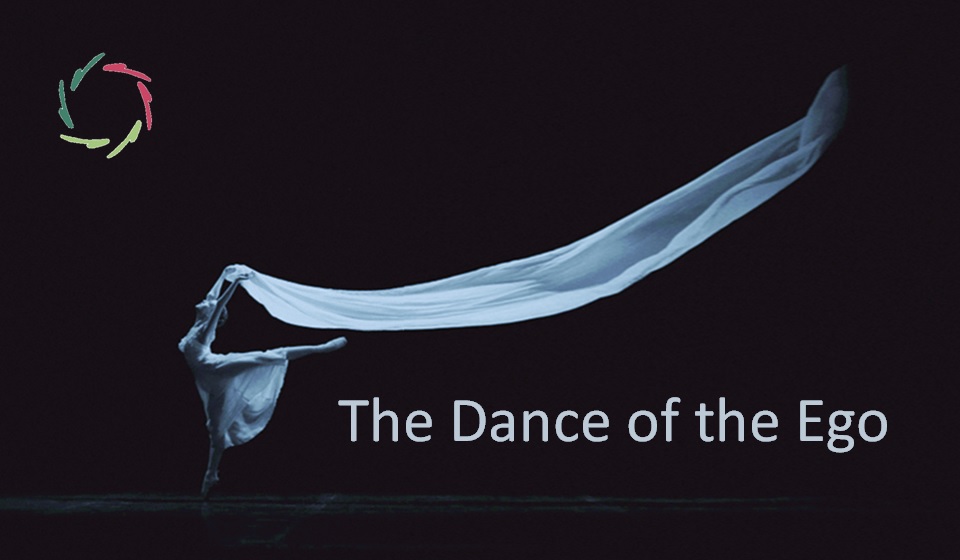Components of Consciousness

(Self-)modeling + attention + information complexity + drive = consciousness. This isn’t merely a sum of parts but a synthesis, where each element reinforces and amplifies the others.
The first three elements describe intelligence, making consciousness – such as yours – essentially intelligence driven by purpose.
An entity is conscious if it intrinsically knows what to do and why.
Consider this within yourself: Imagine existing without the ‘what.’ Now, envision yourself without the ‘why.’ Would you still feel conscious? Bring them back together, and you’re already there.
The ‘intrinsic’ quality arises from the dynamic interplay of these elements. The process of combining them is what we might call the “alchemy” of consciousness.
Continua everywhere
Gradualness is critical to all these elements — starting from nothing, then to almost nothing, and progressively becoming more. Thus, in organic consciousness, there’s no sudden, magical ‘light switch’ moment, at least in organic forms of consciousness. More generally, consciousness is no magic.
Throughout animal evolution, we can trace the gradual emergence of consciousness — from simple sponges to hydras, trilobites, and beyond. Then, from the early stages of neural pre-attention to the centralization of neural patches and ganglia toward brain-like structures and growing complexity ― all the way toward increasingly complex forms of awareness. This slow development showcases how consciousness is deeply embedded in the natural evolutionary process rather than being an abrupt occurrence.
In an individual person also, consciousness is not an all or nothing. A coma may mean the absence of consciousness, but even in a vegetative state, there may be some subtle form of conscious awareness and even communication.
(Self-)modeling
There is no consciousness without self-consciousness — which is logical because without self-model, there is no ‘I’ to be conscious. Focusing on ‘I’ is mandatory. Conversely, the ability to model anything naturally extends to modeling oneself. It may seem like a metaphysically daunting step. Practically, self-referenced models in thinking are essentially just models like other models ― always simplified and schematic, therefore always wrong but possibly usefully wrong.
So, self-modeling is one key to consciousness, particularly when it includes a drive for self-preservation. Interestingly, do we—conscious beings—use self-modeling to understand others (known as ‘theory of mind’), or is it the other way around? The answer is both. fMRI studies show that the same brain regions activate whether we think of ourselves or others. Moreover, humans are social animals, and our intelligence and consciousness have markedly developed as a consequence of this.
This accords with Graziano’s Attention Schema Theory (see addendum).
Attention
Within consciousness, the term ‘attention’ is generally used for focusing, which is more ground-level. Even a camera can focus ― especially if it’s one with an automatic focus.
Central to attention and pre-attention is the straightforward mechanism of lateral inhibition. Simply put, this is about the winner taking it all by inhibiting nearby competitors. The winner gets into the full spotlight. As a result, we can be conscious of a few things (the momentary winners) at once, but not too many.
Lateral inhibition is a widespread principle in the brain, even in areas not typically linked with consciousness, like the retina. In consciousness, it operates on multiple levels, directing our focus to specific stimuli while filtering out others.
Information complexity
In the presence of a drive, complexity can lead to emergence, where new patterns and order arise from apparent chaos, much like distilling hidden order from disorder. In this case, knowledge is formed. Note that in this formation, nothing is fundamentally added that can then influence matter independently from what it emerges from ― no magic needed.
Focusing channels our efforts into manageable parts, harnessing complexity more effectively. By refining this focus, we unlock even greater potential.
Drive
In life on Earth, this drive has always been oriented toward self-preservation—present even before self-modeling evolved. Or, one can say that a bacterium is so primitive that it is a model of itself.
Anything we call ‘drive’ has evolved from the most primitive form, which can still be discerned. With the advent of a dissociated ego, this drive also becomes egotistical. Still, the drive itself needs to be valued. Without it, there would be no life.
Will the same drive also bring the end of (human) life? We don’t know.
The alchemy of consciousness
Nature didn’t engineer animal consciousness. The latter is a natural and gradual outflow of the four elements.
Although this text offers a brief overview, consciousness might still seem like alchemy. However, the result is both real and comprehensible. Each element can be explored in depth, but it’s crucial to remember that they’re best understood in relation to each other.
What about subjectivity?
Some argue that subjectivity is the hallmark of consciousness, distinguishing humans from machines that might mimic human behavior perfectly but lack authentic subjectivity — hence, they claim, such machines “cannot be conscious.”
In Graziano’s vein, I object to this. Indeed, subjectivity is necessary for consciousness. Moreover, subjectivity is consciousness — just another word to denote the combination of our above foursome, only with some more focus perhaps on the self-preservation aspect. ‘Subjectivity’ may seem even more impenetrable, but it’s the same thing.
There is no ‘hard problem’
The much-bespoken ‘hard problem of consciousness’ is what we imagine to be precisely that. Its popularity comes from being attractive to many magic-wishers. Part of why it appears hard is the fact that nature is no engineer. Nature necessarily builds things on top of things without logical insight or planning. It gets somewhere, but that takes a lot of time – in our case 4.2 billion years. Nature is an alchemist, blending and layering elements over time to create the complex phenomenon we recognize as consciousness.
In contrast, developing ――artificial consciousness could take just a few years. Given its potential to be either profoundly beneficial or dangerous, we must urgently reflect on who we are, what A.I. can become, and why it matters.
―
Addendum: Graziano’s Attention Schema Theory
Graziano’s Attention Schema Theory (AST) proposes that consciousness arises from the brain’s ability to model its own process of attention. According to this theory, the brain not only directs attention to specific stimuli but also creates an internal model—or “schema”—of this attentional process. This self-model allows the brain to monitor, predict, and control attention, leading to the subjective experience of awareness.
Essentially, AST suggests that consciousness is the brain’s simplified representation of its own complex attentional dynamics, rather than a mysterious or magical phenomenon.
[Michael Graziano is a neuroscientist and professor at Princeton University, known for his research on the brain’s mechanisms of attention and consciousness, particularly through his development of the Attention Schema Theory.]
A few quotes from Graziano:
Theories of consciousness, because they are effectively theories of the soul, tend to have far-reaching cultural, spiritual, and personal implications. If consciousness is a construct of the social machinery, if this social machinery attributes awareness to others and to oneself, then perhaps a great range of attributed conscious minds—gods, angels, devils, spirits, ghosts, the consciousness we attribute to pets, to other people, and the consciousness we confidently attribute to ourselves—are manifestations of the same underlying process.
Attention is not data encoded in the brain; it is a data-handling method. It is an act. It is something the brain does, a procedure, an emergent process. Signals compete with each other and a winner emerges—like bubbles rising up out of water. As circumstances shift, a new winner emerges. There is no reason for the brain to have any explicit knowledge about the process or dynamics of attention. … I am suggesting, however, that in addition to doing attention, the brain also constructs a description of attention, a quick sketch of it so to speak, and awareness is that description. A schema is a coherent set of information that, in a simplified but useful way, represents something more complex. In the present theory, awareness is an attention schema.
It is difficult to figure out how a physical machine can produce what is commonly assumed to be a nonphysical feeling. Our inability to conceive of a route from physical process to mental experience is the reason for the persistent tradition of pessimism in the scientific study of consciousness.
Yet Libet and colleagues performed an experiment that suggested the order may be reversed. 1681 … The result of the experiment was counterintuitive. People confidently reported a particular time on the clock to be the instant, the key moment, when the conscious choice to act entered their heads. Yet the activity in the motor cortex consistently rose up a moment earlier. The order was backward. First motor cortex planned the action, then the conscious decision kicked in. By implication, the human brain chooses an action by means of unconscious processes. A different system in the brain then obtains information that the action is about to occur and constructs a story about how and why the act was intended. Consciousness, and in particular the conscious intention to act, is after-the-fact and indirect, as if we were observing ourselves and inferring our reasons.
Traditionally, scholars assumed that something as amorphous and slippery as consciousness must be impossible to understand scientifically. But given recent insights, I am now pretty sure that it is as understandable and buildable as visual processing, memory, decision-making, or any other specific item that makes up its content. … I am now pretty sure that a scientific understanding of consciousness and an ability to engineer it artificially are rapidly approaching.


